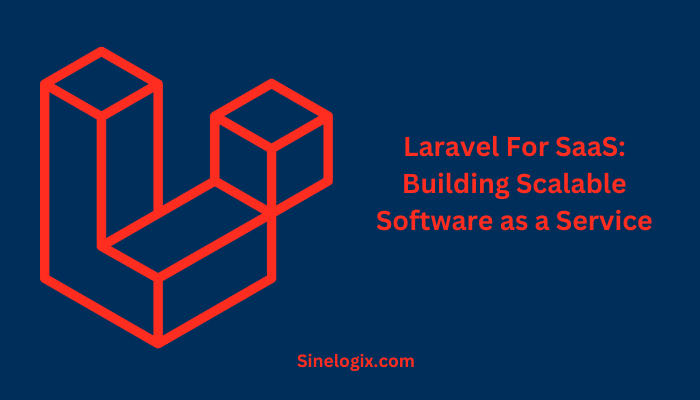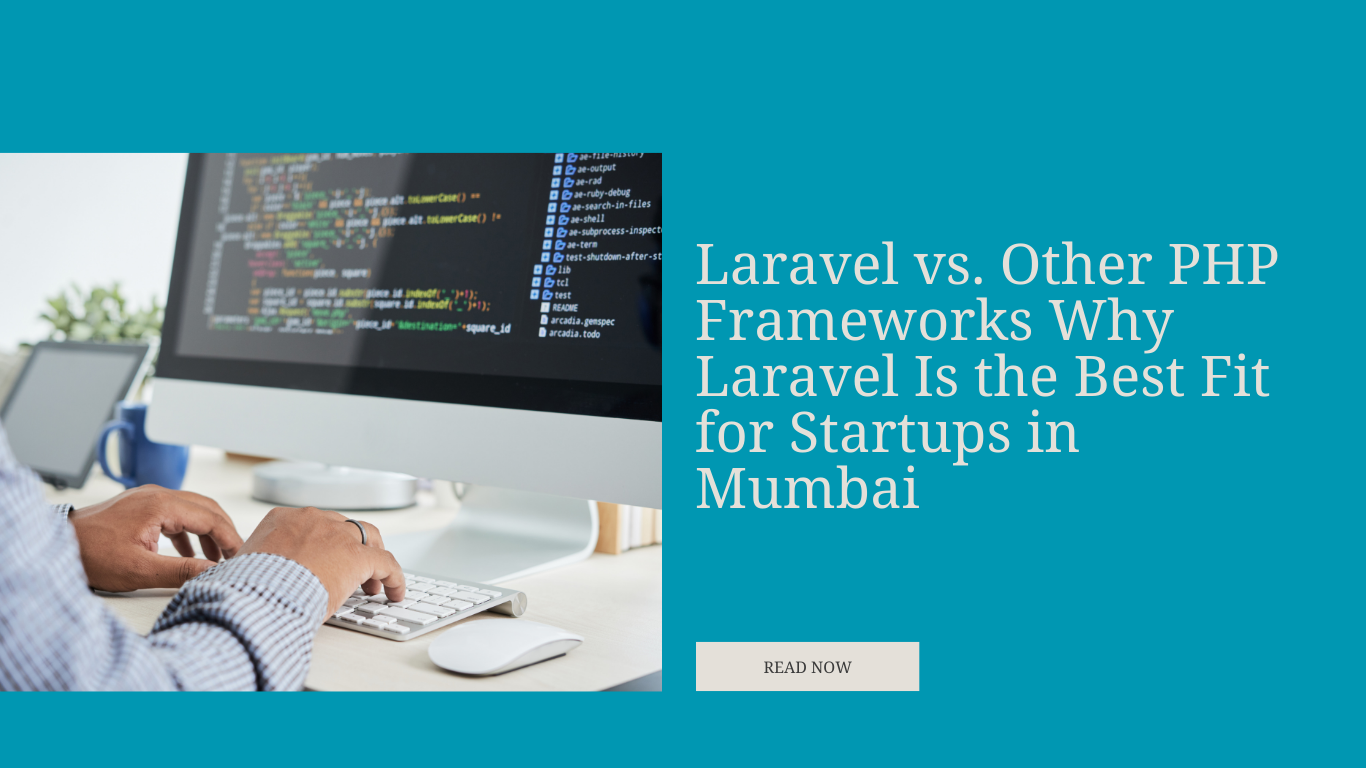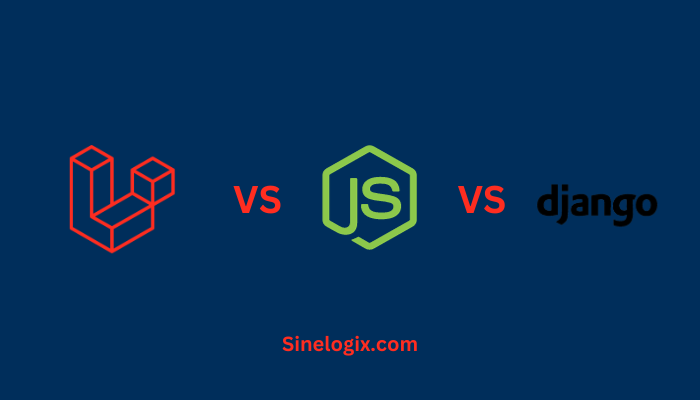Software as a Service (SaaS) has revolutionized the way businesses deliver and consume software applications. In the modern tech landscape, developing a SaaS product is not just about providing a service but also ensuring it’s secure, scalable, and easy to maintain.
Choosing the right technology stack is crucial for the success of your SaaS venture, and Laravel, a PHP web application framework, has gained significant traction as a top choice for building SaaS applications.
In this article, we’ll explore the world of Laravel for SaaS, and why it’s an excellent choice for your next project.
Why Laravel for SaaS?
When it comes to selecting a framework for your SaaS project, Laravel offers a plethora of advantages. With over ten years of experience in the software industry, I’ve seen first-hand how Laravel’s features can benefit SaaS development:
- Developer-Friendly: Laravel is known for its elegant and expressive syntax, making it easier for developers to write clean and maintainable code.
- Robust Security: SaaS applications handle sensitive data, and security is paramount. Laravel provides built-in security features, including authentication, authorization, and protection against common web vulnerabilities.
- Scalability: Laravel is designed with scalability in mind. It offers features like caching, queuing, and support for distributed systems, ensuring your SaaS application can handle growth.
- Rapid Development: Laravel’s extensive ecosystem, including packages and libraries, accelerates development, allowing you to build and deploy SaaS products more quickly.
- Community and Support: Laravel boasts an active and supportive community, with extensive documentation, tutorials, and a vast ecosystem of packages and extensions.
- Testing and Debugging: Laravel’s testing tools and debugging capabilities simplify the development and maintenance of your SaaS product.
Getting Started with Laravel for SaaS
Before diving into building a SaaS application with Laravel, you need to set up your development environment. Install Laravel and configure it according to your project’s requirements. Laravel’s official website provides comprehensive installation and configuration guides to help you get started.
Once your environment is set up, you’ll be ready to explore the vast ecosystem of Laravel.
Building the Foundation: Laravel’s Features
Laravel provides a solid foundation for SaaS development. Some core features that are particularly relevant to SaaS include:
- Authentication and Authorization: Laravel simplifies user authentication and provides fine-grained control over access to various parts of your application.
- Eloquent ORM: This powerful, intuitive, and easy-to-use Object-Relational Mapping (ORM) system simplifies database interactions and data modeling for your SaaS product.
- Routing and Middleware: Laravel’s routing system and middleware offer flexibility and control in defining how your application handles incoming requests.
- Blade Templating Engine: Blade is a lightweight yet powerful templating engine that helps you create dynamic, data-driven views for your SaaS application.
- Testing and Debugging Tools: Laravel offers a comprehensive suite of tools for testing and debugging, ensuring the reliability and stability of your SaaS product.
Building SaaS-specific Features with Laravel
Laravel isn’t just about basic web application development; it’s also well-suited for building SaaS-specific features. Here are some key functionalities you can implement:
- User and Subscription Management: Manage user accounts, subscriptions, and billing with ease, thanks to Laravel’s built-in tools and third-party packages.
- Payment Processing and Billing: Integrate payment gateways, handle recurring billing, and manage subscriptions seamlessly.
- Role-Based Access Control: Define and enforce user roles and permissions to ensure secure data access and functionality.
- Multi-Tenancy Support: Implement multi-tenancy to serve multiple customers from a single codebase, while keeping their data and user experiences separate.
- API Development and Integration: Laravel’s API development tools make it easy to create and integrate APIs for your SaaS product.
Scaling and Performance Optimization
As your SaaS application gains traction, you’ll need to address scalability and performance. Laravel provides solutions for:
- Caching and Queuing: Laravel offers caching mechanisms to speed up data retrieval and queuing systems to manage background tasks efficiently.
- Database Optimization and Scaling: Optimize your database queries and, if needed, explore options for horizontal database scaling.
- CDN Integration: Serve assets and content through Content Delivery Networks (CDNs) to reduce load times and improve user experience.
- Load Balancing and Horizontal Scaling: Use load balancers to distribute incoming traffic across multiple servers, ensuring high availability and performance.
Security in Laravel SaaS Applications
Security is paramount in SaaS development. Laravel helps you address common security challenges by providing features and best practices like:
- Authentication and Authorization: Implement strong user authentication and role-based access control.
- Data Encryption and Privacy: Protect sensitive user data by encrypting it, and ensure privacy compliance.
Deploying and Managing Your Laravel SaaS
Once your SaaS application is ready, you need to deploy it to a production environment. Consider factors such as:
- Choosing a Hosting Environment: Evaluate hosting options, including shared hosting, virtual private servers, and cloud platforms, to determine the best fit for your SaaS.
- Deployment Strategies: Deploy your application using various strategies, such as continuous integration and continuous deployment (CI/CD).
- Monitoring, Scaling, and Maintenance: Implement monitoring tools to track the health and performance of your SaaS application. Be prepared to scale and perform routine maintenance to keep it running smoothly.
Case Studies: Successful SaaS Built with Laravel
To inspire and guide you, let’s look at a few real-world examples of successful SaaS applications built with Laravel:
- Laravel Spark: An official Laravel package for building SaaS applications, Laravel Spark simplifies common SaaS features and serves as a blueprint for your projects.
- Snipcart: A flexible, powerful e-commerce solution built with Laravel, Snipcart offers a seamless shopping cart experience for online retailers.
- Laravel Nova: Laravel Nova is a beautifully designed administration panel for Laravel applications, making it easy to manage your SaaS product.
These case studies provide valuable insights into how Laravel can be used to create successful SaaS applications.
Related Articles:
Conclusion
In the ever-evolving world of software development, building a successful SaaS product requires careful consideration of the technology stack.
Laravel, with its robust features, security measures, and scalability options, proves to be an ideal choice for SaaS development.
With Laravel, you can lay the foundation for a scalable, secure, and feature-rich SaaS application that can meet the demands of your target market and ensure the long-term success of your venture.




